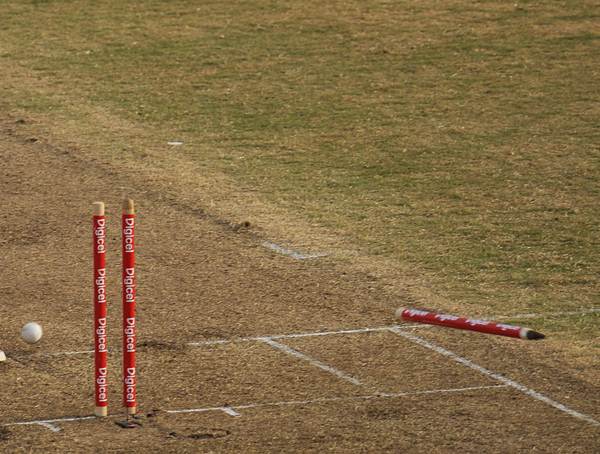5 Experiments in cricket that proved to be absolute duds
In the past 50 years, there have been a plethora of concepts employed by the ICC that have turned out to be absolute duds.
8 Min Read


In 2001-02, the England and Wales Cricket Board (ECB) was looking down the barrel as far as revenue generation from domestic cricket was concerned. The numbers in the domestic One-day tournaments had started to dwindle in the past few years and the sport needed an injection of freshness.
Something needed to be done. And the bigwigs at the ECB decided to do something about it. Stuart Robertson, who worked as the marketing manager for ECB was chosen to come up with new innovations. Robertson spent around 200,000 pounds on research to find what the fans wanted. He found that fans wanted something fast, something that would pump their adrenaline. Robinson submitted his report stating that a new Twenty20 format had to be devised to bring the fans back to the game.
Despite stern resistance from the purists, the proposal was voted in favour of the tournament with an 11-7 margin. Roberston conceptualized the whole concept and in 2003, the first Twenty20 match was played between Hampshire and Sussex in a tournament named as ‘The Twenty20 Cup’. And, the rest, as they say, is history.
Twenty20 is one of the biggest revolutions that the game has seen in the past 25 years. But it’s not like every concept that has been tried has gone on to become a success. In the past 50 years, there have been a plethora of concepts employed by the ICC that have turned out to be absolute duds.
Here we look at the five experiments that in cricket that proved to be absolute duds:
5. Super Sub

There is something about unpredictably. It excites you. It terrifies you. It makes you curious, longing for more. Life is unpredictable. The number of twists and turns that it takes, always tend to keep you at the edge-of-your-seat. Hence, it becomes a part of us. We want it more. We want it in every reflection of life. And, sports is the closest thing that resembles life.
Take the World Cup final for example. Did anyone of us in our wildest fantasies had imagined that the grand finale of the biggest cricket tournament will end the way it did? No one. What if there was no such concept of Super Over? These concepts add a lot of unpredictability to the game and keep fans hooked. Take the example of Football. The concept of using multiple substitutions throughout a game brings a lot of unexpected twist and turns.
In July 2005, the ICC, in a bid to add a cutting edge to One-day flirted with the idea of a Super Sub. A Super Sub was basically a 12th man which the teams could use in place of a regular player at any stage of the game in any capacity. The rule was basically introduced to encourage teams to give more prominence to all-rounders in the team.
But, here’s the catch: According to the rules, the captains were required to name their Super-Sub before the toss. With the teams choosing a specialist over all-rounders, it led to an unfair advantage for the side that won the toss. The team that won the toss decided to bat/bowl according to the Super-sub they’d chosen, rendering the choice of the losing captain redundant in most cases.
For example, suppose India had opted to select a bowler as their super-sub and then they go on to lose the toss and the opposing captain chooses to bat first, simply because he has also chosen a bowler that could potentially help him defend the target later, their choice is rendered almost nullified.
It almost created a 12 vs 11 situation. The concept was heavily criticized by all captains and the ploy was eventually rolled-back only 9 months after its invention.
Download Our App